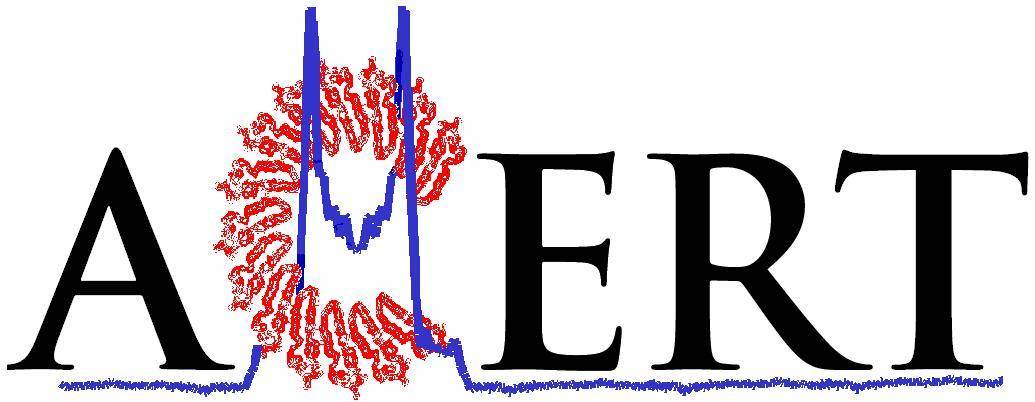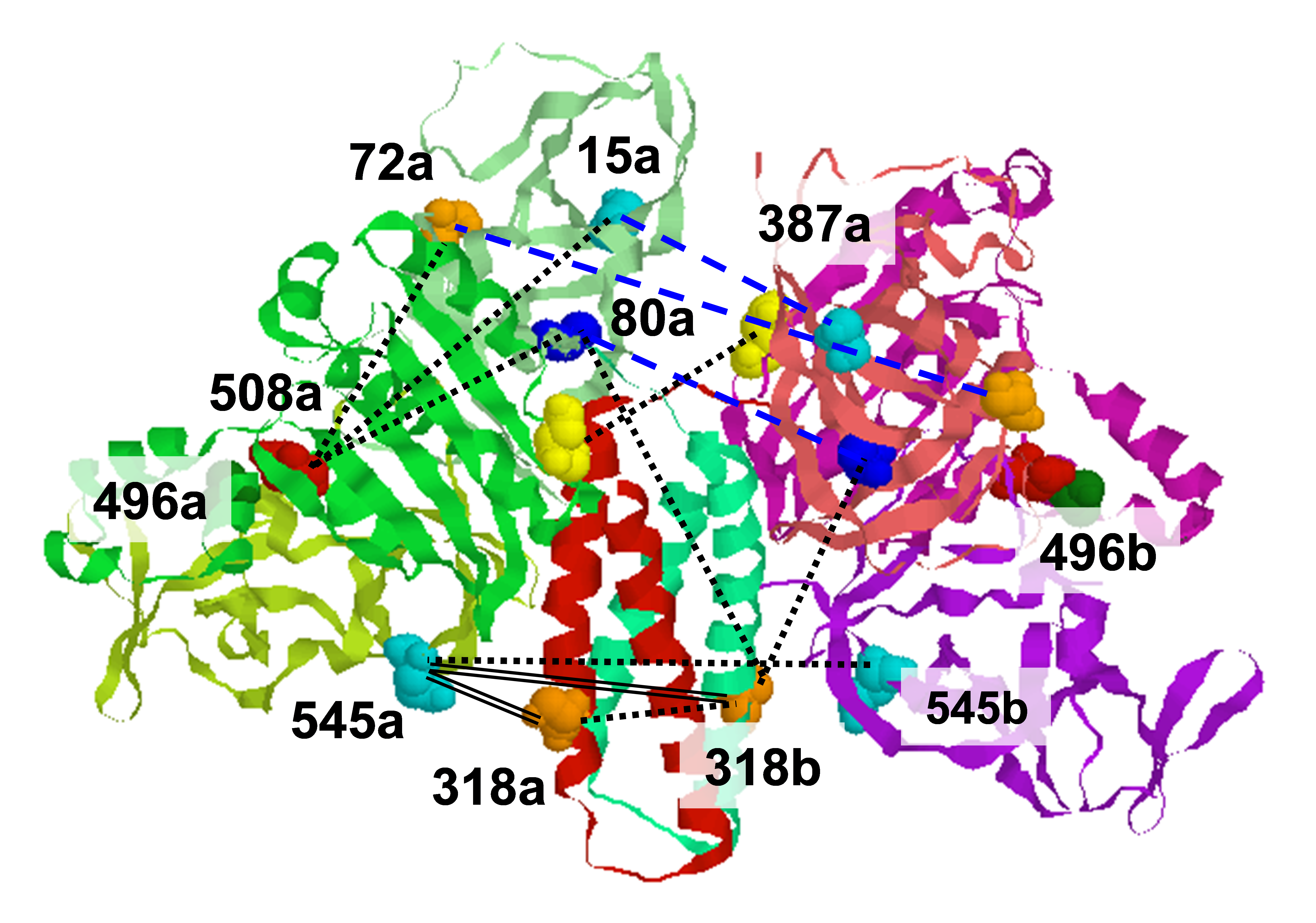.svg) National Institute of General Medical Sciences |
 |
 |
National Biomedical Resource for |
| HFHF ESR: continuous-wave |
|
The extension of ESR to sub-terahertz frequencies (the millimeter wavelength-end of the far-infrared region), has been one of the most important instrumental advancements at ACERT:
|
||||
|
||||
The demonstrated benefits of a multifrequency approach to ESR for unravelling the complicated dynamics in biological systems provides the impetus for upgrading and improving the sensitivity of ACERT existing spectrometers of 95, 170 and 250 GHz. Our extensive accomplishments in HFHF-ESR summarized in seminal publications are indicative both of the commitment and success of our group in exploiting the rich interplay between quasioptical techniques and ESR instrumentation needs. |
|
© 2022 |
|
About ACERT Contact Us |
Research |
Outreach |
ACERT is supported by grant 1R24GM146107 from the National Institute of General Medical Sciences (NIGMS), part of the National Institutes of Health. |
|||||
| ||||||||